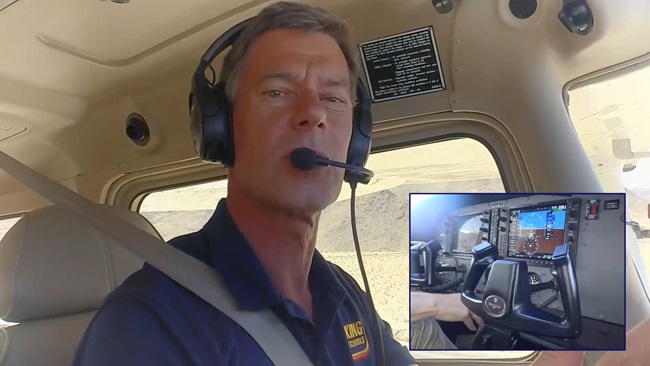This is "temporary"?
FAA establishes 300 nm-long TFR on southern U.S. border

The FAA has established a "temporary" flight restriction (TFR) along the U.S.-Mexico border in Arizona and New Mexico. The TFR is in effect from 12,000 to 14,000 feet and is active from 5 p.m. until 7 a.m. daily. What makes it so ominous is its size and duration.
The 300 nm-long corridor, 17-nm wide in most places, is to prevent U.S. Customs and Border Patrol unmanned surveillance aircraft (UAVs) from colliding with other civilian aircraft.
But this TFR hardly seems "temporary." It's scheduled to be in effect until December 31 and will likely be renewed next year.
"Even though the TFR is limited to 12,000 to 14,000 feet and evening and night hours, AOPA believes that the use of 'temporary' large-scale flight restrictions for yearlong UAV operations is not appropriate," said Andy Cebula, AOPA executive vice president of government affairs. "We are appealing to the FAA and security officials for less restrictive alternatives for these types of operations."
AOPA staff met with FAA and security officials Friday to find alternatives to the current use of large TFRs to protect UAV flights.
"It's unacceptable to cordon off large areas of civilian airspace just because a UAV can't detect and avoid other aircraft," said Cebula. "We also believe that before the government takes large chunks of airspace for the long term, the public should have that chance to make comments, to make sure government officials understand the impact of their actions on the people they work for."
The FAA doesn't have to solicit public input for a TFR. That's because a TFR is supposed to be a temporary response to an unforeseen situation.
When the government wants airspace for long-term, official operations or security protection, the FAA will usually establish a restricted or prohibited area. And that must go through the so-called rulemaking process, which includes the opportunity for public comment.
"We certainly recognize the security necessity to patrol our borders," said Cebula. "A full examination of the issues might yield ways to do this without impacting general aviation operations."
January 23, 2006


